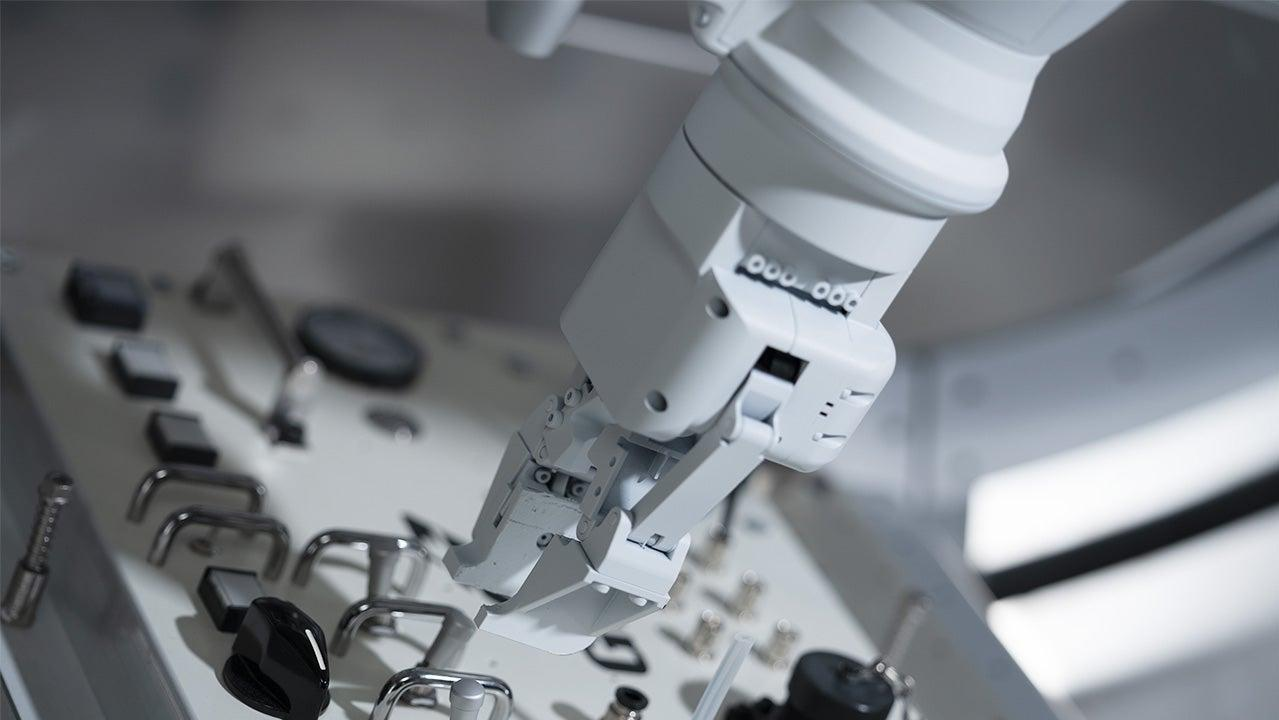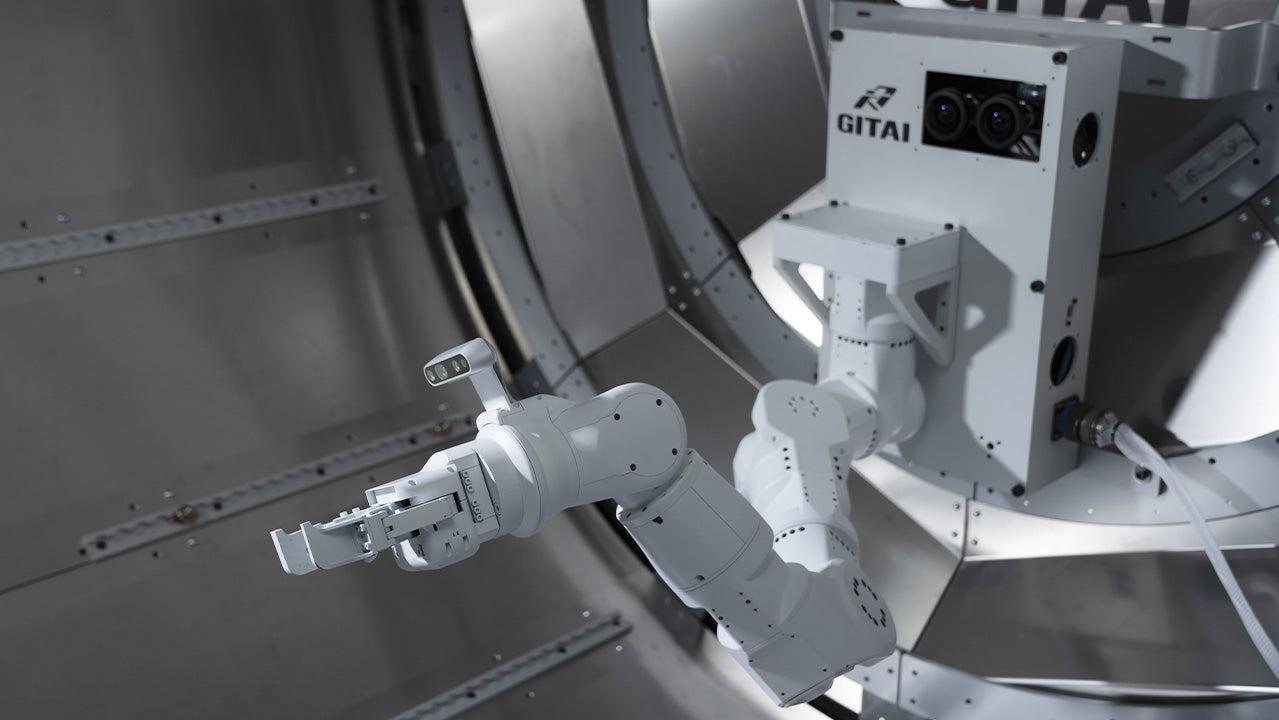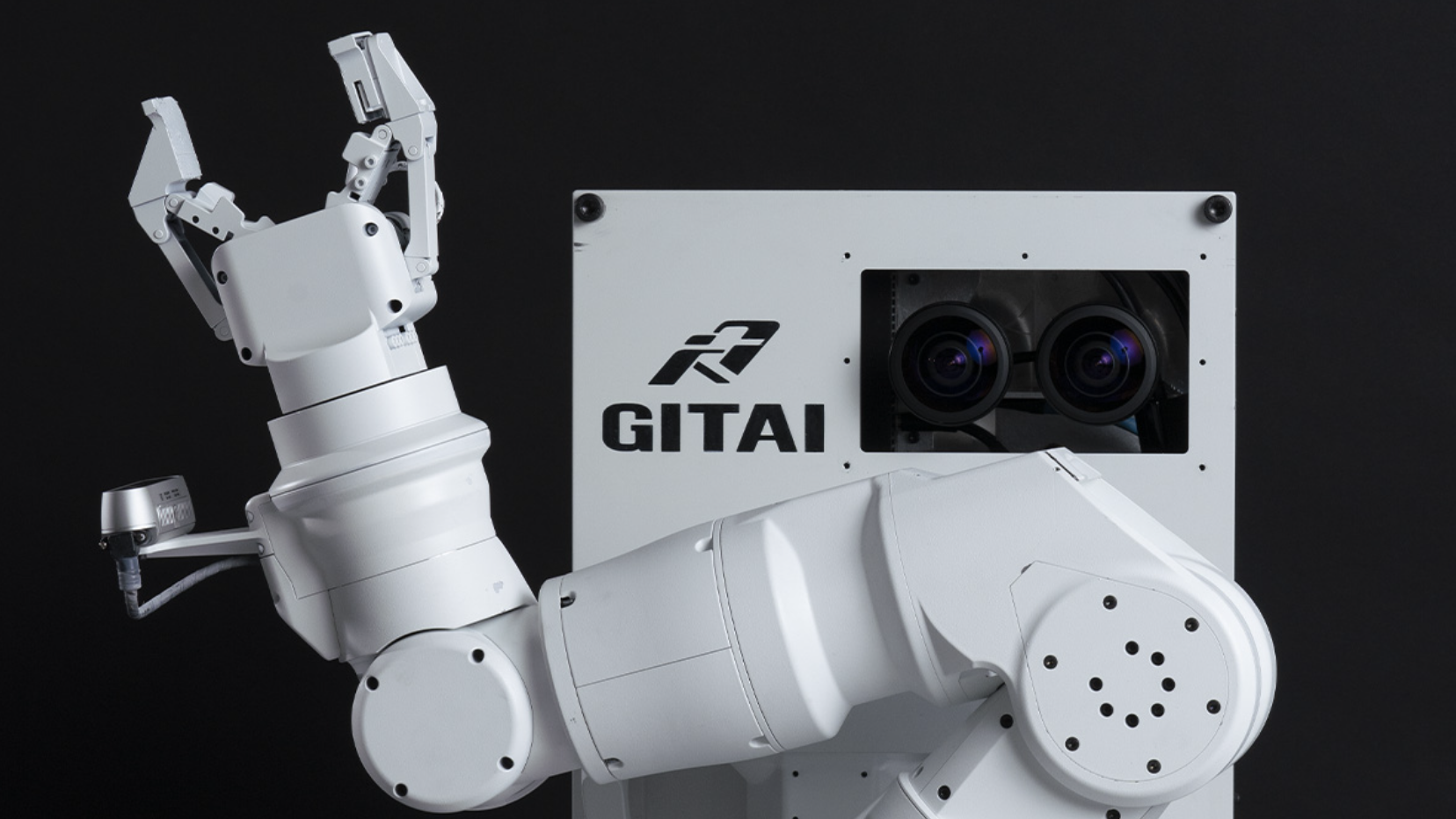Meet The Newest Partial Robot That Made It To Space
SpaceX And NASA just sent a semiautonomous robot arm to the ISS.
SpaceX and NASA's partnership is likely not slowing down any time soon. Falcon rockets keep launching into orbit, on missions to deliver payloads of seemingly random things to the International Space Station. The latest launch mission had an especially useful passenger aboard, a space robot named S1.
The S1 was successfully delivered along with a few other assorted goodies. A SpaceX Falcon rocket just made it to the ISS, according to Bloomberg, bringing with it fresh avocados and lemons for hungry astronauts. It also brought a shipment of ants and brine shrimp, courtesy of the Girl Scouts, to be used as test subjects in space. And, of course, the semiautonomous robot, the S1.
Well, it's really more like part of a robot, or a robot arm to be precise. If you're imagining a full-on humanoid robot, you might be disappointed. Don't let the partial robot fool you, though. This robot appendage is pretty cool:
NASA says that in a recent demonstration, "the robot [conducted] common crew activities and tasks via supervised autonomy and teleoperations from the ground." Not only that, but NASA also says that robot "labor could reduce the cost of spacecraft operations and improve safety by taking on tasks that could expose crew members to hazardous risks."
The smart, mechanical arm is made by a Japanese robotics startup, Gitai, which specializes in space robotics. The company says that the S1 has eight degrees of freedom, which is one more than a human arm. Take that, meatbags.
Gitai also lists the reach and power of the S1 at 1 meter (3.3 feet) and 100 Nm at 23.8 revolutions per minute. I don't know how the force compares to that of a human, but if I'm reading NASA's human instruction manual right, which lists a max torque of 17.4 Nm for humans, then, yeah, the S1 can open a lot more pickle jars.
Not that it's a surprise, but it's still cool. Especially considering that Gitai says the S1 is meant for lunar base development, among other space-y things. And it's nice to see actual useful missions, unlike the joy rides billionaires have lately been enjoying aboard their rockets.


